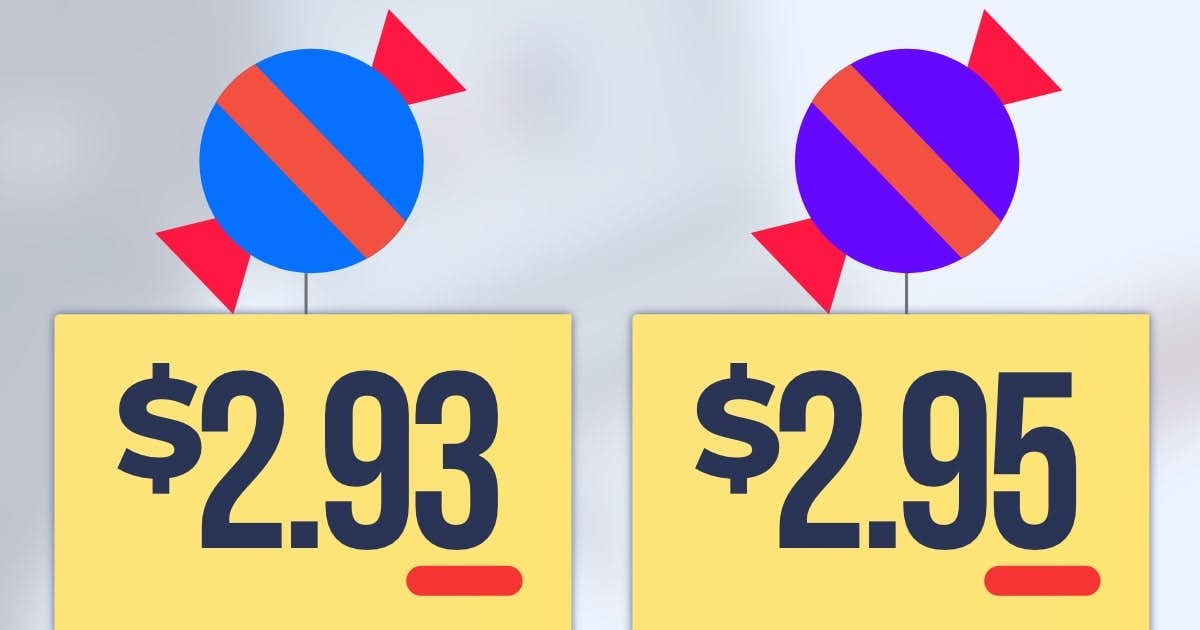Pricing
Tactic
Add Slight Price Differences in Your Assortment
Small differences can help customers understand (and thus choose from) an assortment of products.

Overview
Should you add different prices across your assortment?
Short answer, yes — especially if customers are unsure which product to buy. Different prices can help them decide:
"...for consumers who are uncertain about the relative attractiveness of options comprising a horizontal product line, [different prices] can help by effectively transforming the horizontal product line into a vertical one." (Chernev, 2006, p. 208)
But later research suggests that different prices could help in most situations.
In one study, people were more likely to buy gum when each pack was priced differently (e.g., 62 cents and 64 cents; Kim, Novemsky, & Dhar, 2012). When all packs were 63 cents, it was harder to choose. Which pack was better? Customers were more likely to postpone the decision.
- Chernev, A. (2006). Differentiation and parity in assortment pricing. Journal of consumer research, 33(2), 199-210.
- Kim, J., Novemsky, N., & Dhar, R. (2013). Adding small differences can increase similarity and choice. Psychological science, 24(2), 225-229.
